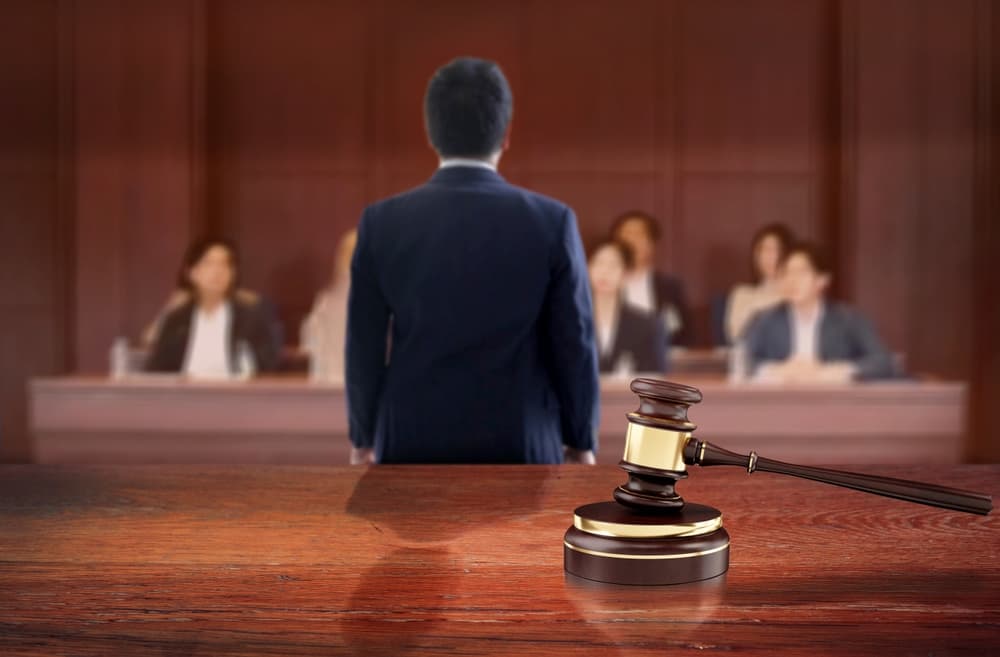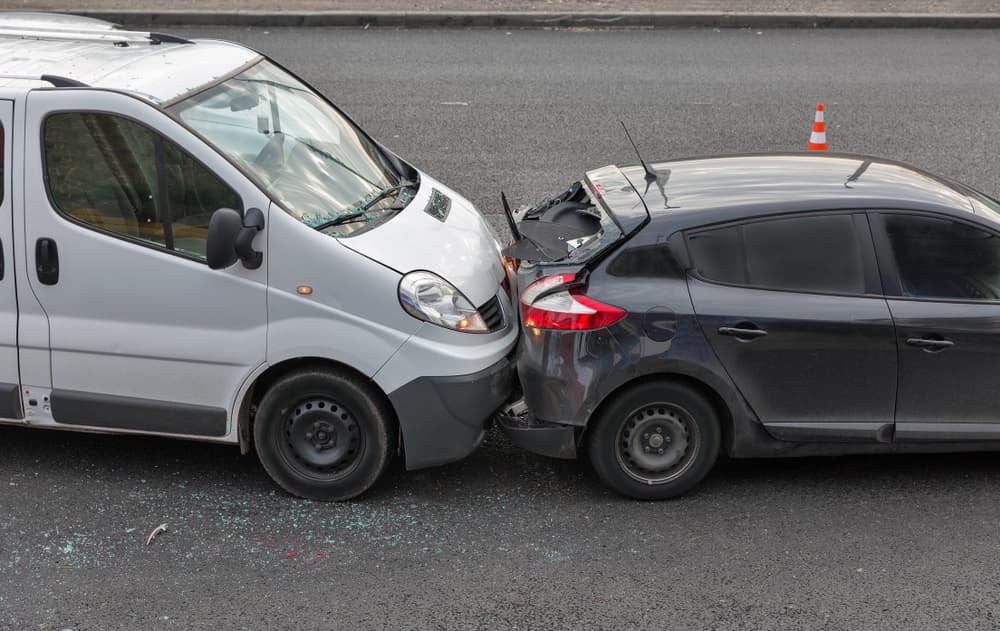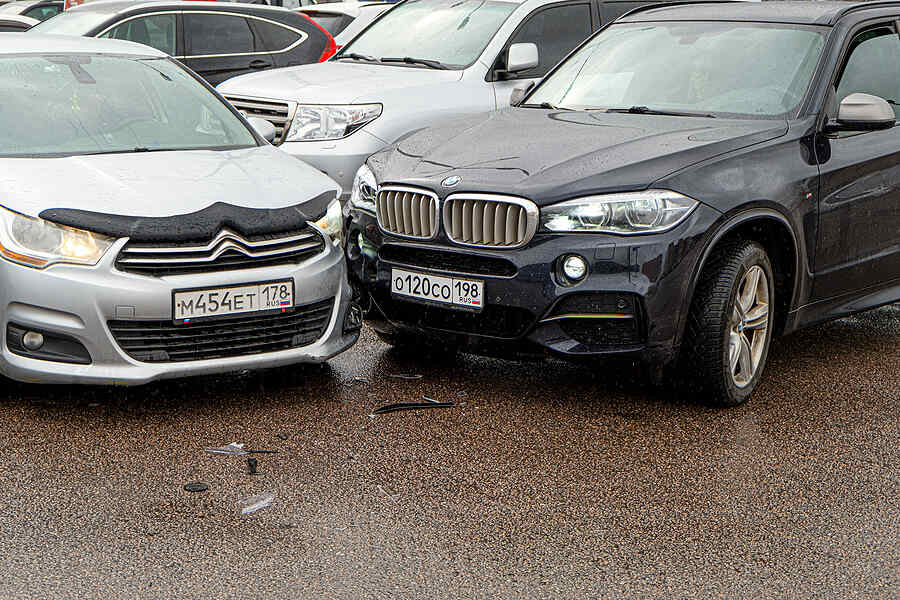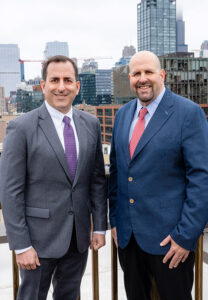
According to the National Highway Traffic Safety Administration (NHTSA), intersections are among the most perilous areas on the road, accounting for roughly one-third of all traffic accidents. The sheer volume of vehicles, pedestrians, and cyclists converging at these points creates a complex and often dangerous traffic environment. Many drivers are unaware of just how common — and preventable — these accidents are.
Whether it’s a driver running a red light or a simple misjudgment of speed, the risks are ever-present. This article explores the most frequent causes of intersection accidents and how they happen, while also offering insights into the legal consequences and avenues for recourse.
If you or a loved one has suffered injuries from an intersection accident, contact Abels & Annes, P.C. at (312) 924-7575 for a free consultation with car accident lawyers. We are available 24/7 to help you navigate your legal options.
Schedule a Free Initial Consultation Today!
Table of Contents
Common Causes of Intersection Accidents
While accidents can happen anywhere, intersections present a unique set of risks. Several factors come into play that make these locations particularly dangerous. Let’s break down some of the most common causes of intersection accidents and how they occur.
Failure to Yield the Right of Way
One of the leading causes of intersection accidents is the failure to yield the right of way. Illinois law, for example, is very clear on this point. Under the Illinois Vehicle Code, Section 625 ILCS 5/11-1201, drivers must yield to oncoming traffic when making left-hand turns and stop for pedestrians at crosswalks. Failing to do so often results in side-impact or “T-bone” collisions, which can be devastating given the vulnerability of the vehicle's side panels.
This failure typically occurs when a driver incorrectly assumes that they have the right to proceed, or they underestimate the speed of oncoming traffic. Even a moment of misjudgment can lead to serious consequences. For example, at busy intersections, where multiple vehicles are turning or proceeding straight, one driver’s failure to yield can trigger a multi-vehicle accident.
Running Red Lights and Stop Signs
Running a red light or stop sign is another frequent cause of accidents. In fact, studies show that red-light violations account for nearly 28% of intersection-related crashes. When a driver ignores a stop sign or rushes through a red light, they expose themselves and others to significant risk. The impact often occurs at high speeds, making these crashes especially dangerous.
Illinois law mandates that all drivers must come to a complete stop at stop signs and red lights (625 ILCS 5/11-305). Despite this clear requirement, many drivers attempt to “beat the light,” believing they can make it through the intersection just in time. Unfortunately, this gamble often results in disastrous accidents, particularly when drivers miscalculate the timing or fail to see another vehicle entering the intersection.
Speeding
Speeding at intersections is a recipe for disaster. When drivers exceed the speed limit, especially when approaching an intersection, their ability to stop in time is severely compromised. This is especially hazardous when traffic lights change suddenly or when a vehicle ahead unexpectedly stops.
The Illinois Speed Limits Statute (625 ILCS 5/11-601) sets maximum speeds depending on the type of roadway. However, drivers frequently ignore these limits, particularly when they perceive a yellow light as a signal to accelerate rather than slow down. Speeding drivers have less time to react to other vehicles, pedestrians, or changing signals, which increases the likelihood of a crash.
Distracted Driving
Distractions, such as texting, talking on the phone, or adjusting in-car settings, play a huge role in intersection accidents. Distracted driving is responsible for thousands of deaths each year, and intersections are often where this inattention proves fatal.
At intersections, the environment is constantly changing—pedestrians cross, vehicles make unexpected stops, and traffic signals shift. A distracted driver who takes their eyes off the road for even a second might miss these vital cues, leading to collisions.
Unsafe Turns
Making improper turns, especially left-hand turns, is a frequent cause of intersection crashes. Drivers turning left are required by law to yield to oncoming traffic.
In cities like Chicago, where many intersections lack designated turn arrows, this rule is especially important. However, some drivers misjudge the speed or distance of oncoming vehicles, leading to dangerous head-on or side-impact collisions.
Right-turn accidents also pose risks, particularly when drivers fail to come to a complete stop at red lights before turning. This not only violates the law but increases the chances of hitting pedestrians or cyclists who have the right of way.
The Illinois Right Turn on Red Law (625 ILCS 5/11-306) clearly states that drivers must stop and yield before making a right turn on red, yet many drivers either ignore this requirement or execute the turn hastily.
Types of Intersection Accidents
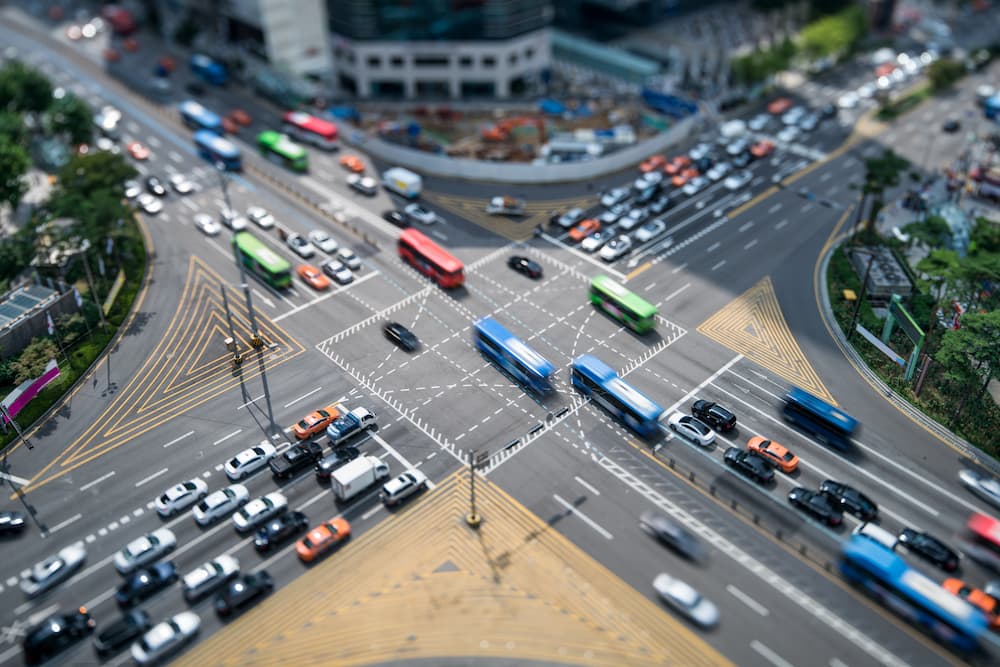
Intersection accidents vary in type and severity, depending on the movements and behaviors of the drivers involved. Let’s examine the most common types of crashes seen at intersections:
- T-Bone or Side-Impact Collisions
- Rear-End Collisions
- Head-On Collisions
- Pedestrian and Bicycle Accidents
- Left-Turn Accidents
T-Bone or Side-Impact Collisions
Side-impact accidents, often called “T-bone” collisions, occur when the front of one vehicle crashes into the side of another. These types of accidents are particularly common at intersections, usually when one driver runs a red light or stop sign, crashing into another vehicle passing through the intersection legally.
The danger of T-bone accidents lies in the location of the impact. The sides of most vehicles offer less protection than the front or rear, meaning passengers on the side of the struck vehicle are more vulnerable to serious injuries.
Rear-End Collisions
Rear-end collisions are another frequent type of intersection accident. These occur when one vehicle strikes another from behind, typically when the front car stops or slows down at a traffic light or stop sign.
According to the National Highway Traffic Safety Administration (NHTSA), rear-end crashes are the most common type of accident in the U.S., accounting for approximately 29% of all traffic collisions.
In many cases, rear-end accidents happen because the following driver is distracted or misjudges the speed of the vehicle ahead. Tailgating, speeding, and distracted driving are major contributors to these accidents, especially at intersections where traffic often comes to a sudden stop.
In Illinois, following too closely violates the law, which mandates that drivers maintain a safe distance from the vehicle ahead to avoid such crashes.
Head-On Collisions
Although less common at intersections, head-on collisions can be among the most deadly. These accidents usually occur when one vehicle turns improperly, such as a left turn into oncoming traffic, or when a driver mistakenly travels in the wrong direction. Head-on crashes can also happen if a driver runs a red light and collides with an oncoming vehicle attempting to cross the intersection.
Due to the combined speed of both vehicles, head-on collisions result in severe injuries or fatalities, particularly when they occur at high speeds.
Pedestrian and Bicycle Accidents
Intersections are hazardous for vehicles, pedestrians, and cyclists. These vulnerable road users often find themselves at risk when drivers fail to yield while turning, particularly when making right turns at red lights.
In fact, data from the Illinois Department of Transportation (IDOT) shows that pedestrian and cyclist fatalities are significantly more likely to occur at intersections than at other types of roadways.
Drivers are legally required to yield to pedestrians in crosswalks, yet many collisions occur when drivers are focused on vehicular traffic and fail to check for pedestrians or cyclists. These accidents often result in severe injuries due to the lack of protection for those walking or biking.
Left-Turn Accidents
Left-turn accidents are notoriously dangerous and frequently occur at intersections. Drivers attempting to make left turns must yield to oncoming traffic, but they often misjudge the speed or distance of approaching vehicles.
This can result in a collision if the turning vehicle crosses into the path of an oncoming car, especially at intersections lacking a dedicated left-turn signal.
In Chicago, left-turn accidents are a significant issue, with many intersections now equipped with left-turn arrows to help reduce the risk. Illinois law under 625 ILCS 5/11-902 mandates that drivers yield the right of way to oncoming traffic when making a left turn.
Factors Increasing the Risk of Intersection Accidents
Several factors contribute to the high risk of accidents at intersections, and these extend beyond just driver behavior. Road design, traffic signal issues, and environmental factors can all make intersections more dangerous.
In this section, we explore the key elements that heighten the likelihood of accidents in these areas and provide tips on how to mitigate these risks.
Driver Negligence
Driver negligence, broadly defined as a failure to exercise reasonable care while driving, causes most intersection accidents.
Negligence can take many forms at intersections, including:
- Disregarding Traffic Signals: Running red lights is one of the most flagrant examples of negligence. This reckless behavior puts all road users at risk, particularly those with the right of way.
- Inattention and Distractions: Drivers distracted by cell phones, GPS devices, or even conversations in the car are more likely to miss important cues, such as changing traffic lights or the movement of other vehicles.
Dangerous Road Conditions
Poor road conditions at intersections can also increase the likelihood of an accident.
This includes factors such as:
- Inadequate Signage: Faded or poorly placed traffic signs may cause confusion, leading to accidents. When stop signs or yield signs are not clearly visible, drivers might inadvertently miss them, resulting in dangerous collisions.
- Poor Road Design: Poorly designed intersections—such as those lacking appropriate lanes for turning—are more accident-prone. Studies have shown that intersections with improper signal timing or ambiguous signage contribute to higher crash rates.
Weather and Environmental Conditions
Weather conditions, such as rain, snow, or fog, can dramatically increase the risk of intersection accidents. Slippery roads make it difficult for drivers to stop in time, leading to rear-end collisions or vehicles sliding into the intersection. Additionally, poor visibility due to fog or heavy rain can cause drivers to misjudge distances or miss traffic signals altogether.
Drivers in Illinois need extra caution, especially during the winter months. Illinois law requires drivers to adjust their speed to match the road and weather conditions, but many fail to do so, leading to preventable accidents.
Defective Vehicles
Another contributing factor is vehicle defects. Brake failures, tire blowouts, or steering malfunctions can cause drivers to lose control, especially when navigating an intersection.
In these cases, the vehicle manufacturer or the mechanic responsible for maintenance could be liable under Illinois product liability laws. Mechanical issues are a less frequent cause but can be just as dangerous, particularly at high-traffic intersections.
Impaired or Fatigued Driving
Driving under the influence of alcohol or drugs significantly impairs a driver’s ability to respond to traffic signals and make quick decisions.
The Illinois DUI statute prohibits operating a vehicle with a blood alcohol concentration (BAC) of 0.08% or higher, but despite this clear mandate, impaired driving continues to be a major cause of intersection accidents.
Fatigued driving can have similar effects, slowing reaction times and leading to poor judgment calls, such as failing to yield or running a red light.
Get the Compensation You Deserve
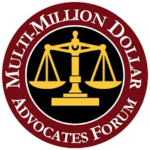
Intersection accidents can change your life in an instant, leading to serious injuries, mounting medical bills, and the loss of wages. What many don’t realize is that delaying action could significantly harm your chances of receiving the compensation you need.
Evidence can fade, witnesses forget crucial details, and insurance companies are quick to reduce or deny claims. Every moment matters, and waiting too long could leave you facing these challenges alone.
Call Abels & Annes, P.C. today at (312) 924-7575 for a free consultation. We're available 24/7 to provide you with the legal support you need. Don’t wait—your future may depend on the steps you take right now.
Abels & Annes, P.C.
100 N LaSalle St #1710
Chicago, IL 60602
(312) 924-7575

